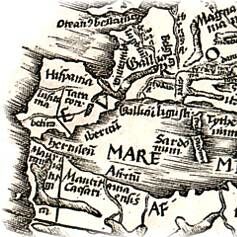The History of Playing Cards
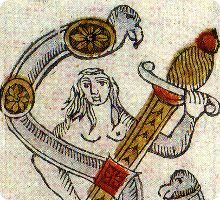
Joan Barbot
Joan Barbot, San Sebastian c.1765-1810.
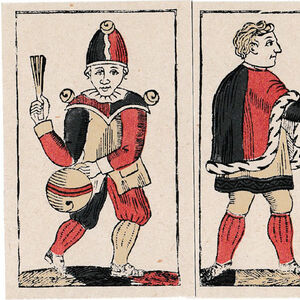
Johannes Müller c.1840
Facsimile edition of Swiss suited deck first published by Johannes Müller in c.1840.
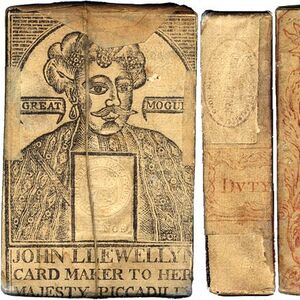
John Llewellyn, playing card manufacturer, London, 1778-1785
John Llewellyn, playing card manufacturer, London, 1778-1785
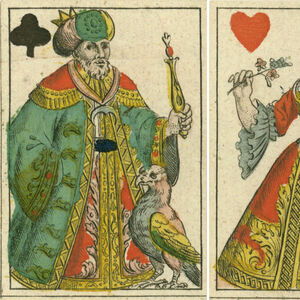
Joseph Losch
French-suited pack with full-length courts by Joseph Losch, c.1800.
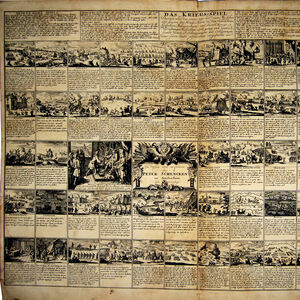
Kriegs-Spiel by Peter Schencken, Amsterdam
Peter Schencken of Amsterdam copied the "Jeu de la Guerre" or "Das Kriegs-Spiel" (with German captions) originated by Gilles de La Boissière and published by Mariette in 1668 in Paris.
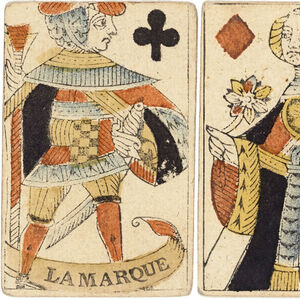
Languedoc pattern
The old Languedoc pattern was known at the beginning of the seventeenth century, if not before.
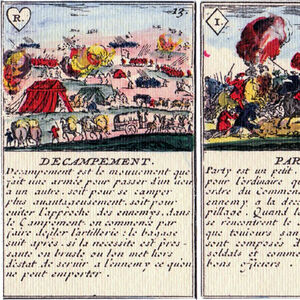
Le Jeu de la Guerre
Facsimile of “Le Jeu de la Guerre” designed by Gilles de la Boissière in 1698.
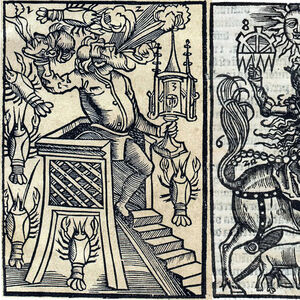
Logica Memorativa
Logica Memorativa playing cards by Thomas Murner, Brussels, 1507.
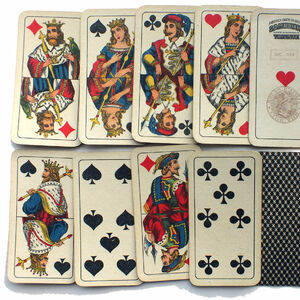
Lombardy (or Milanesi) pattern
The origins of the Lombardy pattern probably lie in the early 19th century when it was a full-length design. It has some affinities with the French Provence and Lyons patterns which are now obsolete.
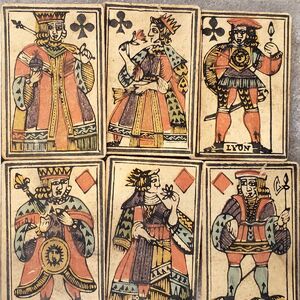
Lyon Pattern type iii
This pattern was used in various parts of eastern France but was ultimately replaced by the official ‘Paris’ pattern in c.1780.
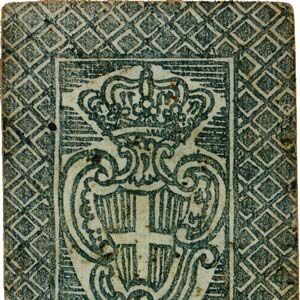
Malta
The so-called ‘Dragon Cards’, with winged monsters on the four Aces, are an enigmatic aspect of early playing card history.
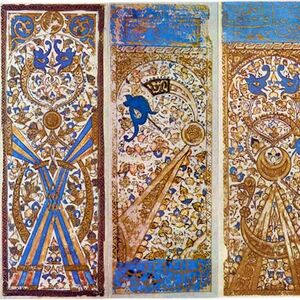
Mamluk Playing Cards
Nã'ib, the game of lieutenants... these cards are amongst the earliest Arabic playing cards extant.
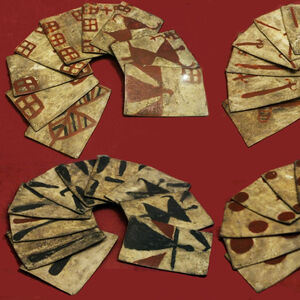
Mapuche Indian Playing Cards
Spanish-suited playing cards made on rawhide and said to have been used by Chilean Mapuche Indians, XVI-XVII century
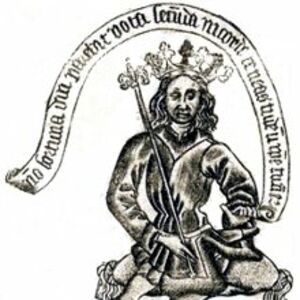
Master of the Banderoles
Playing Cards by the Master of the Banderoles, one of the earliest professional printmakers, c.1470.
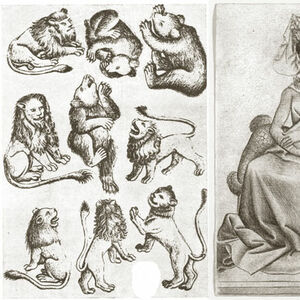
Master of the Playing Cards
Animal suited playing cards engraved by the Master of the Playing Cards, Germany, c.1455
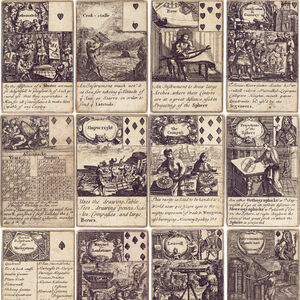
Mathematical Instruments
Mathematical Instruments playing cards forming an instrument maker's trade catalogue, Thomas Tuttell, c.1700.
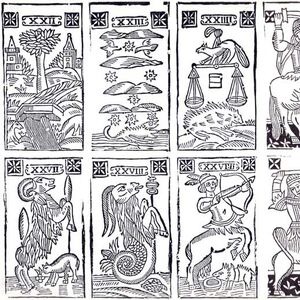
Minchiate Fiorentine, 17th C.
17th century Minchiate cards reprinted from the original woodblocks.
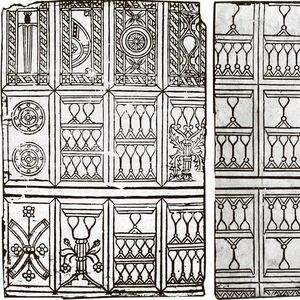
Moorish playing cards
These two uncoloured, uncut sheets of early Moorish playing cards were formerly preserved in the Instituto Municipal de Historia in Barcelona.
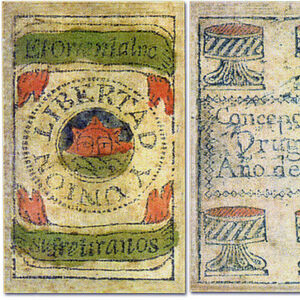
Naipes Artiguistas, 1816
Naipes Artiguistas published in Concepción del Uruguay, Entre Rios province (Argentina) in 1816, by Fray Solano García.
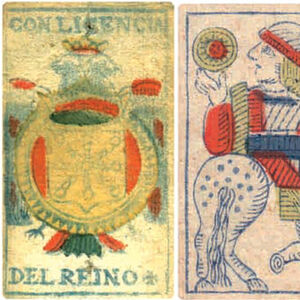
Navarra Pattern
Navarra Pattern produced for the Pamplona General Hospital Monopoly.


